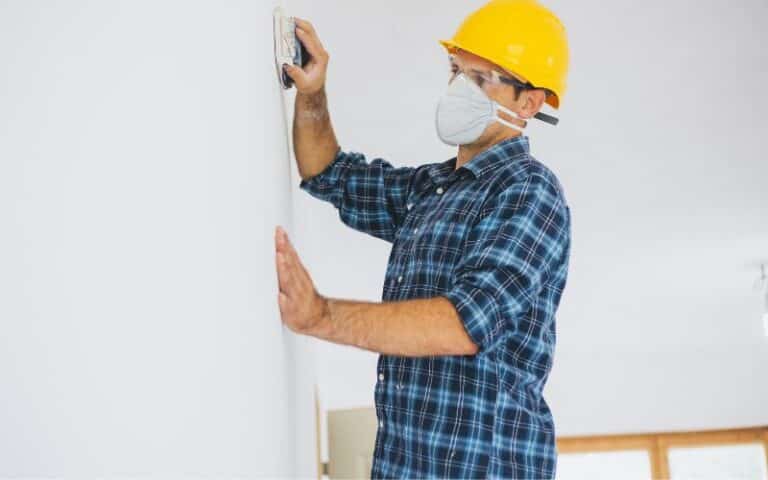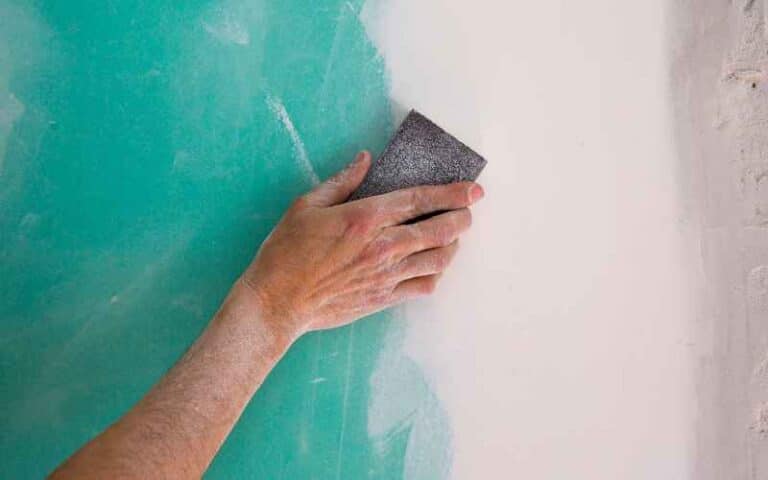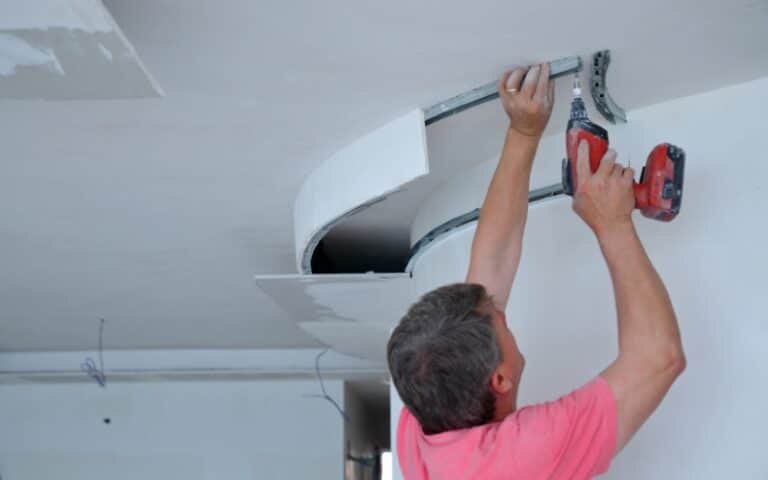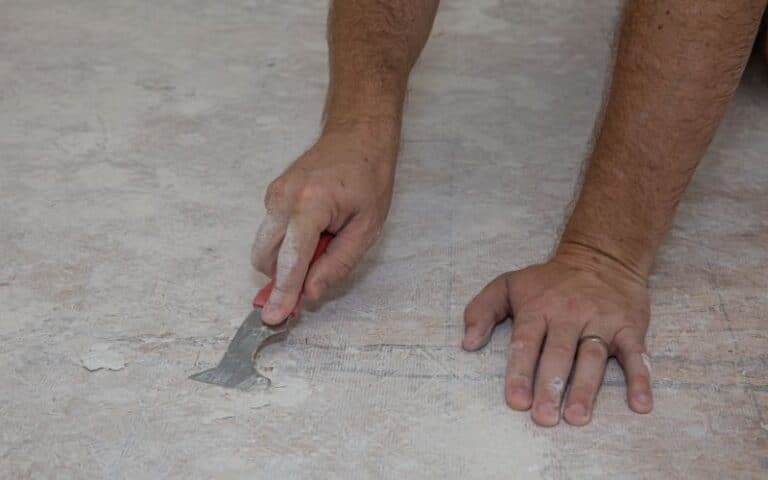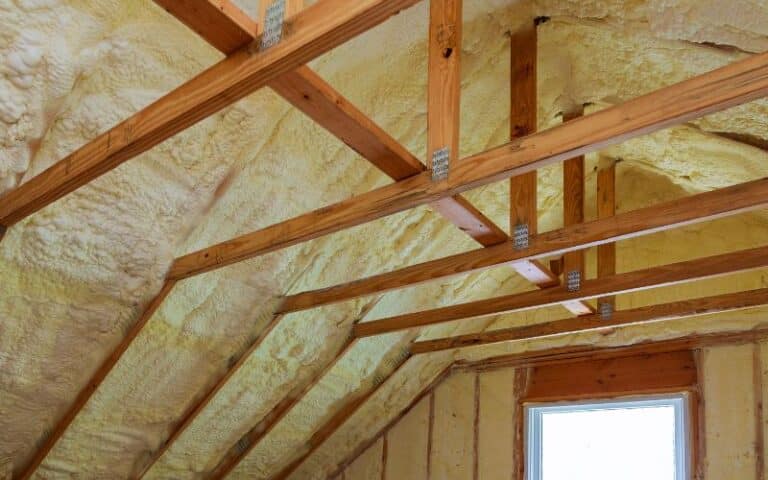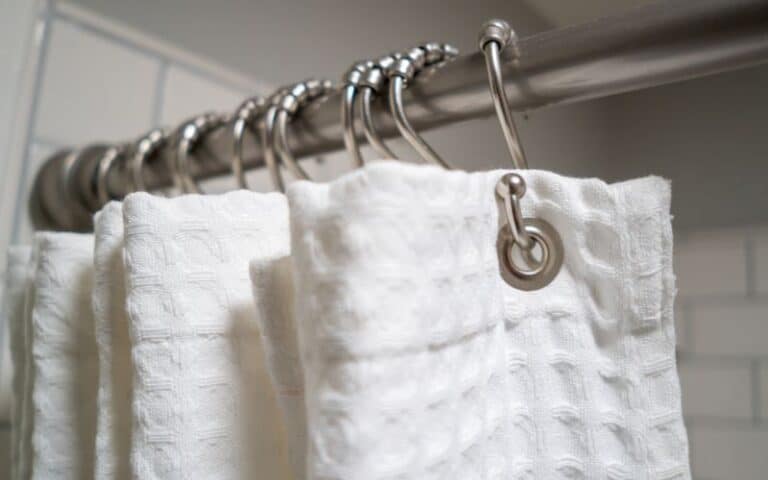An essential element in every home is water. You can use water for several outdoor activities, yet, water has its challenges.
Water can cause some materials in your house to peel, damaging the painting. Most home keepers are in constant search of a solution to these problems.
One profound solution you can use is the application of a waterproofing membrane. Some waterproofing membranes are explicitly made for some types of walls.
You can use RedGard on drywall. This waterproofing membrane creates a barrier on drywall, reducing cracks and damage because drywall surfaces are prone to moisture damage. When you apply the RedGard waterproofing membrane, the holes in the drywall are covered. Aside from covering the cracks in the walls, it also reduces the risk of crack transmission.
In this article, you will discover how good the RedGard waterproof is on drywall. You will also know if you can use the waterproofing membrane on the Green Board.
Ready for a Drywall Quiz?
Is Redgard a Good Waterproofing Membrane for Drywall?
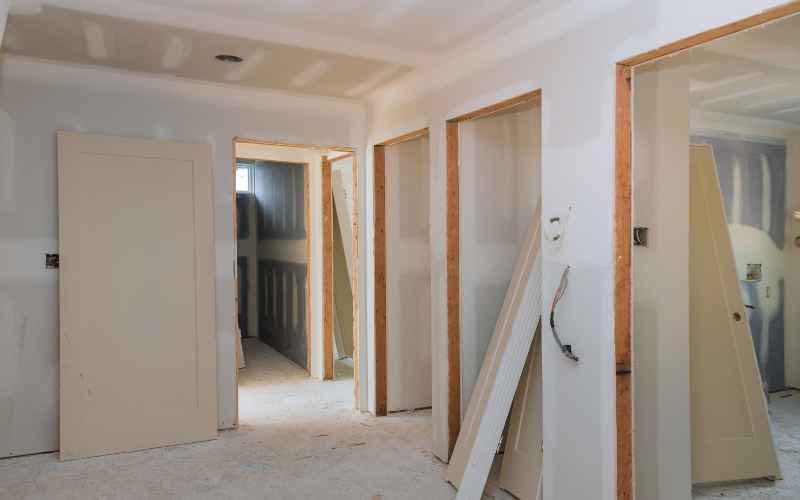
RedGard is a good waterproofing material for drywall. You can use a RedGard waterproofing membrane to line the drywall surfaces anywhere you install them.
Drywall is a diverse range of sheeting materials used to line the inner surfaces of walls in your room or any other building.
This classification excludes the use of mortar or plaster. You can commonly find gypsum, wood pulp, and asbestos cement as significant drywall components.
Many homeowners prefer drywall as an inner cover on their walls because it is resilient and durable.
Drywall comes in many shapes and sizes. You can fasten large drywall boards directly to a wall using nails or screws.
The most frequent drawback with dry walls is the cracks in the walls. When dry walls get wet, they form holes and then crack.
One way to maintain your drywall is to apply a waterproofing membrane. A waterproofing membrane creates a waterproof barrier on the surface of the drywall.
The drywall does not only crack when wet. Instead, the crack in the wall is transmitted from one point to another.
This transmission ensures that the cracks spread on the entire surface of the drywall.
When you apply the RedGard waterproofing material, the membrane cracks will no longer form.
This protection is because the RedGard covers the surface of the drywall, acting as an impermeable membrane.
If you are late and cracks have already formed, the waterproof membrane will prevent further transmission of these cracks to other sites on the drywall.
Cracks are transmitted on drywall when wetness is allowed to remain on the surface of the drywall. This wetness forms swellings on the surface of the drywall.
The swelling is channeled through which the cracks are transmitted. The drywall is preserved when these channels are covered with a waterproof membrane.
Can You Use Redgard on Existing Drywall?
You can use RedGard on existing drywall. However, the drywall must not be fresh for your waterproof membrane to work.
Although most builders will recommend applying your RedGard waterproof membrane on fresh drywall, you can still have it done afterward.
Before you apply your RedGard waterproofing membrane on an existing drywall, you will need to apply a waterproof membrane primer.
A waterproof membrane primer will make the waterproof membrane stick to the drywall. The waterproofing primer ensures that drywall is prepared to receive a coating.
The chemical properties of the primer ensure that the waterproofing membrane receives excellent adhesion with the drywall.
This adhesion makes the drywall accept the waterproofing membrane. The outcome could be better when you apply a waterproofing primer before applying your membrane.
It will cost you more money, time, and effort because the waterproofing material will eventually peel off the drywall.
Aside from increasing the adhesion between the surface of the drywall and waterproofing material, the primer also makes the surface stronger.
This strength is due to the extra protection offered by the primer. In addition to an extra layer, a chemical content is called epoxy.
The epoxy content in the primer provides an extra layer of covering before laying the waterproof material.
Before applying the ReGard waterproof material on an existing drywall, you should apply a waterproof primer.
There are different types of waterproof primers. The primer that is well suited for pre-existing drywall is epoxy primers.
Other primers can perform better on wood, concrete, or rubber surfaces.
The table below shows the different waterproofing primers and surfaces to apply them.
| Type of Primer | Best Surface for Application |
|---|---|
| Single-component porosity primer | Asbestos and woodwork |
| Epoxy primer | Drywall |
| PU primer | Porous concrete and wood |
| Aqua primer | Rubber surfaces |
Can You Use Redgard for Shower Drywalls?
You can use the reward waterproofing material for your dry shower walls. The waterproof membrane can cover the surface of the walls in the bathroom.
The dry walls in the bathroom are predisposed to wetness. This wetness comes from the constant flow of water.
When you apply the waterproofing material, the cracking is prevented from occurring. However, the walls in the shower and any other wet zone in the house are prone to these problems.
Before you apply the RedGard waterproofing material, apply the waterproofing material primer.
There are different types of waterproof primers. The primer that is well suited for shower drywall is epoxy primers.
This primer has a strong adhesive force to hold the waterproofing material to the drywall in the shower. These materials would make RedGard last long on the walls of the shower.
It would be best if you took good care of the walls in your shower to avoid the complications of wetness.
When applying these materials to the shower drywall, attention is given to areas where pipes run or join to another pipe.
This emphasis is because these points are more prone to wetness than the whole shower wall.
Can You Use Redgard on the Green Board?
There is no need for a waterproofing material on a green board. You do not need to apply the RedGard waterproofing material when you have a green board.
The green board, in its design, contains materials that serve as waterproof. Therefore, when you apply a green board, you are sure of resistance to cracks from wetness.
Although the gypsum board is now old and no longer in widespread use, replaced by drywall. The green board is made of gypsum and wax.
This wax serves as the waterproofing material for the green board. When you use the green board, there is no need for waterproofing material.
Most builders still prefer green boards in place of drywall. This preference is because the green board is as durable as the drywall without needing a waterproofing material.
A common disadvantage of the green board is the color. All green boards are green. This constant color no longer allows you to be flexible about the design and appearance.
Even at that, most builders still prefer them because of the thicker wax it has. In addition, the thicker waxing on the surface of the green board increases its durability.
FAQs
How many coats of RedGard should I put on?
Ideally, you have two coatings of the RedGard waterproofing material on your drywall. In addition to your primer, these coatings provide better protection against wetness.

